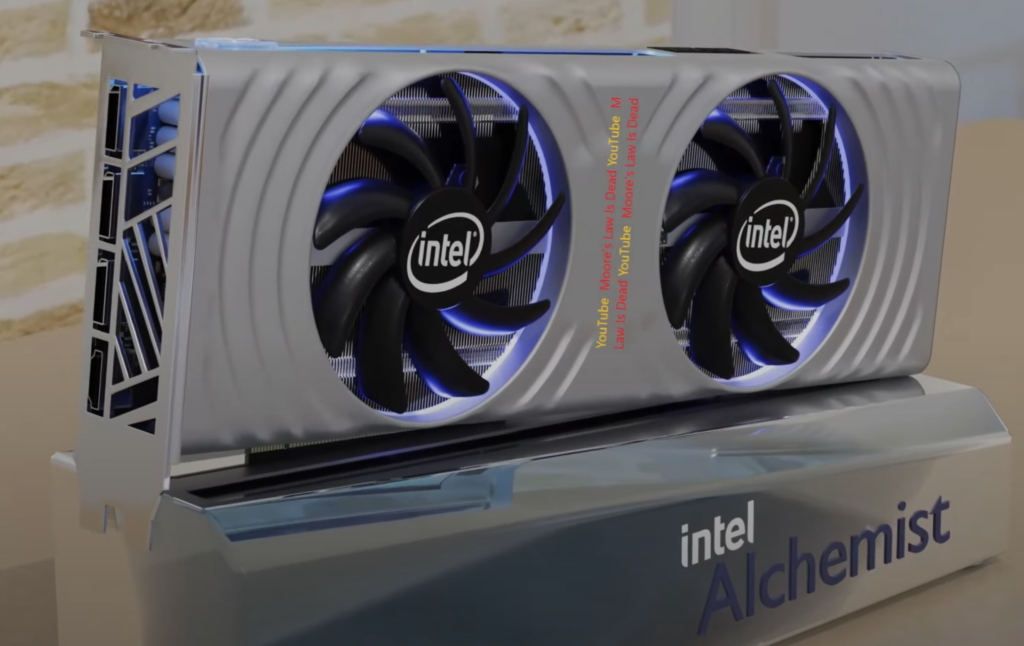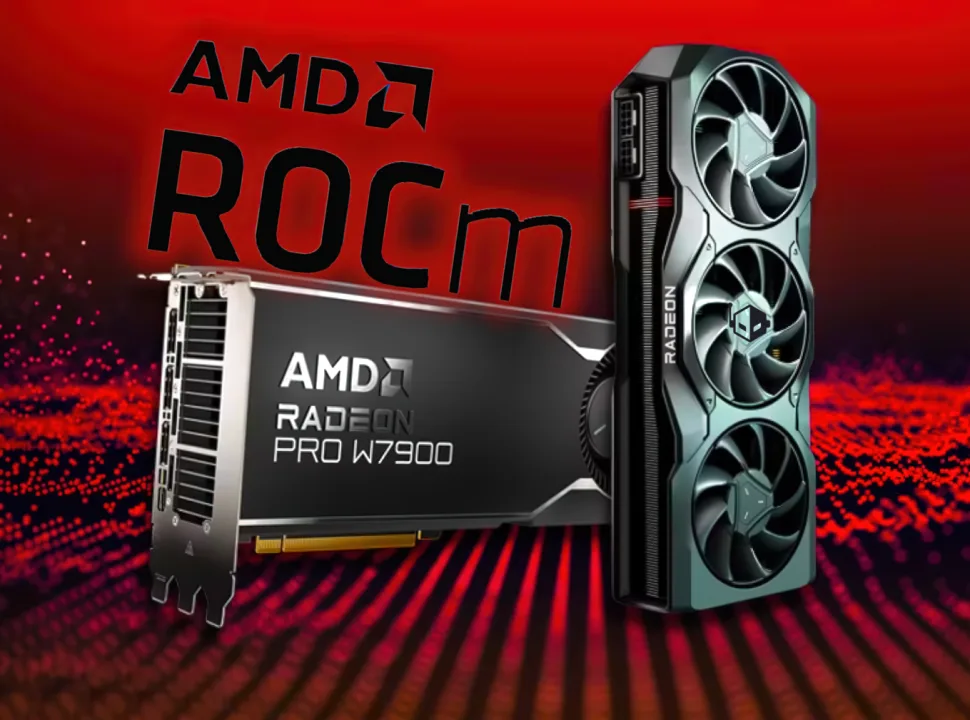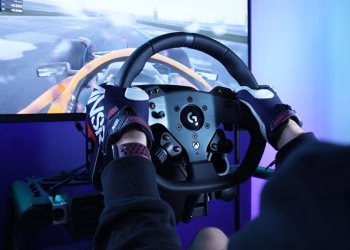Intel has finally spoken out about the Metaverse, Meta’s (previously known as Facebook) latest push toward a digitally connected world. Intel is a natural fit for this science-fiction-meets-reality story because it is the world’s largest semiconductor manufacturer. Its technological solutions, whether local (on your PC) or distributed, form the backbone of computing (in the cloud). Intel, on the other hand, appears to believe that its greatest efforts in enabling and supporting the vision for a future Metaverse space will not come from the hardware realm. Instead, Intel is concentrating on software’s elegant hell.
Since the development of the transistor, Intel has made huge strides in improving available processing performance. These advancements result in improved chip performance as well as simultaneous advancements in cloud infrastructure that can now broadcast interactive experiences (such as games) to a low-power, local device. However, these devices are increasingly capable of driving their own experiences. Our phones’ CPUs are now more powerful than those found in the Xbox 360 and PS3 consoles, and GPUs are following suit.
Raja Koduri, the leader of Intel’s accelerated computing systems and graphics group, told Quartz in an interview that “The [personal computers] are improving, the phone is incredible these days, with a two-teraflop GPU… and then there’s cloud. There has been significant progress, but it is insufficient.” While it may appear impracticable at this time, businesses are attempting to bring enough graphics horsepower to phones to facilitate ray tracing — and it will happen eventually.
The majority of these devices, as well as others with embedded processing power, are left idle. The question then becomes: What if we could create an infrastructure that allowed available computing resources in a network to be pooled together, regardless of manufacturer, and used to achieve a common goal seamlessly and transparently? Koduri appears to believe that this is a necessary component for a true Metaverse experience.
“One foundational thing we always knew is that for what we imagined in Snow Crash, what we imagined in Ready Player One, for those experiences to be delivered, the computational infrastructure that is needed is 1000 times more than what we currently have.”
Intel is working on a software solution that will allow computing resources to be pooled together based on user needs, according to Reuters. Of course, resource pooling across networks — and enormous swaths of physical distance between your home and Microsoft’s Xbox Cloud render farms, for example — necessitates the coordination of numerous components. Imagine turning on your laptop in your bedroom and starting a game, and your system then turns on additional devices on your network, such as gaming consoles or a PC with one of the greatest graphics cards.
“The compute that you need to render a photo-realistic you of me or your environment needs to be continued anywhere,” added Raja Koduri. “That means that your PCs, your phones, your edge networks, your cell stations that have some compute, and your cloud computing need to be kind of working in conjunction like an orchestra—between all of these three elements that deliver that kind of beautiful metaverse. It’ll take time.”
It’s unclear how much time will pass, but Intel is already working on a solution. While the software will surely play a significant role, don’t discount the importance of hardware. Regardless of how optimistic Meta and Intel appear to be, I have a feeling we won’t be able to join the Metaverse on current-generation smartphones and PCs.
also read:










